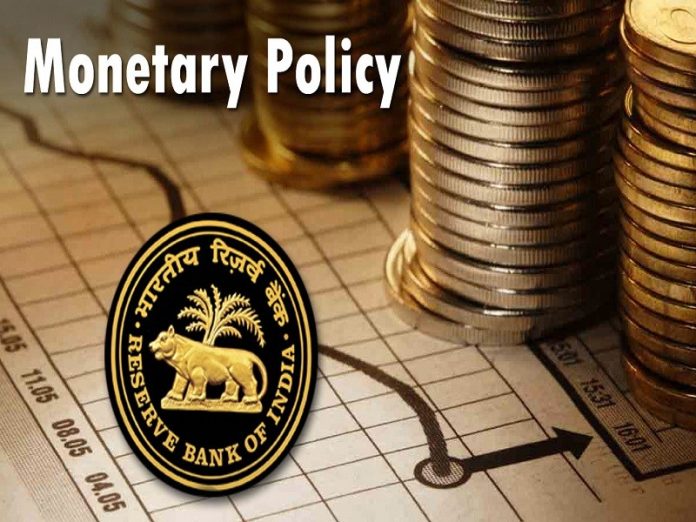Monetary Policy Committee Reduces Policy Rate by 200 Basis Points to 17.5%
In a significant move aimed at bolstering economic growth, the Monetary Policy Committee (MPC) has announced a 200 basis points (bps) reduction in the policy rate, bringing it down to 17.5%. This decision reflects the MPC’s ongoing efforts to provide relief to businesses and consumers in the face of evolving economic conditions.
Rationale Behind the Rate Cut
The decision to reduce the policy rate comes in the wake of easing inflationary pressures, as well as the need to stimulate economic activity in key sectors. Recent data suggests that while inflation has been gradually brought under control, there are still concerns about sluggish economic growth. The lower policy rate is expected to provide a much-needed boost to investment and spending by reducing borrowing costs for businesses and individuals.
By reducing the cost of credit, the MPC aims to encourage increased borrowing for investment in infrastructure, industry, and services. This move is anticipated to positively affect economic growth, particularly in sectors that have been hardest hit by the recent economic slowdown. It also aligns with the government’s broader strategy to stimulate job creation and improve living standards.
Impact on Businesses and Consumers
For businesses, the lower policy rate translates to more affordable financing options. Small and medium-sized enterprises (SMEs), which often face high borrowing costs, stand to benefit significantly. Access to cheaper credit could help these businesses expand, hire more workers, and invest in new projects.
Consumers, too, are likely to feel the impact. With lower interest rates on loans, households may find it more attractive to make major purchases, such as homes or cars, or take out personal loans for other spending. This increase in consumer spending will, in turn, help drive overall economic activity.
Banking Sector and Financial Markets
The reduction in the policy rate is also expected to have ripple effects across the banking sector and financial markets. Banks will likely pass on the lower rates to borrowers, making it cheaper to access credit. However, the flip side is that deposit rates may also decrease, impacting returns for savers.
Financial markets have responded positively to the rate cut, with a rally in both equities and bonds. Investors are optimistic that the lower rates will spur economic recovery and lead to improved corporate earnings, especially in sectors like manufacturing, real estate, and retail.
Looking Ahead
The MPC’s decision to reduce the policy rate is a clear indication of its commitment to promoting sustainable economic growth while ensuring price stability. While the move is expected to support short-term economic activity, the MPC will continue to monitor inflationary trends closely to ensure that the economy remains on a stable footing.
As the country navigates a challenging economic landscape, the rate cut sends a strong message of confidence, offering both businesses and consumers a much-needed reprieve in the hope of stimulating investment, consumption, and long-term growth.
Conclusion
The 200 bps reduction in the policy rate to 17.5% marks a bold step by the MPC to encourage economic growth and improve access to credit. The decision is expected to boost business investments, enhance consumer spending, and positively impact key sectors of the economy. However, the effects on inflation and long-term growth will require continued vigilance and strategic adjustments moving forward.
